Three big crashes, two damaged chassis and no spare car adds up to a brutal cost for the Williams Formula 1 team that goes beyond a bill of more than $2million.
This is well beyond the worst outcome Williams would have expected for the start of 2024 even though it knowingly took a big gamble ahead of the new season.
The team only had two chassis ready for the opening races and both have now been damaged across two crashes for Alex Albon - with a heavy shunt for team-mate Logan Sargeant adding to the repairs.
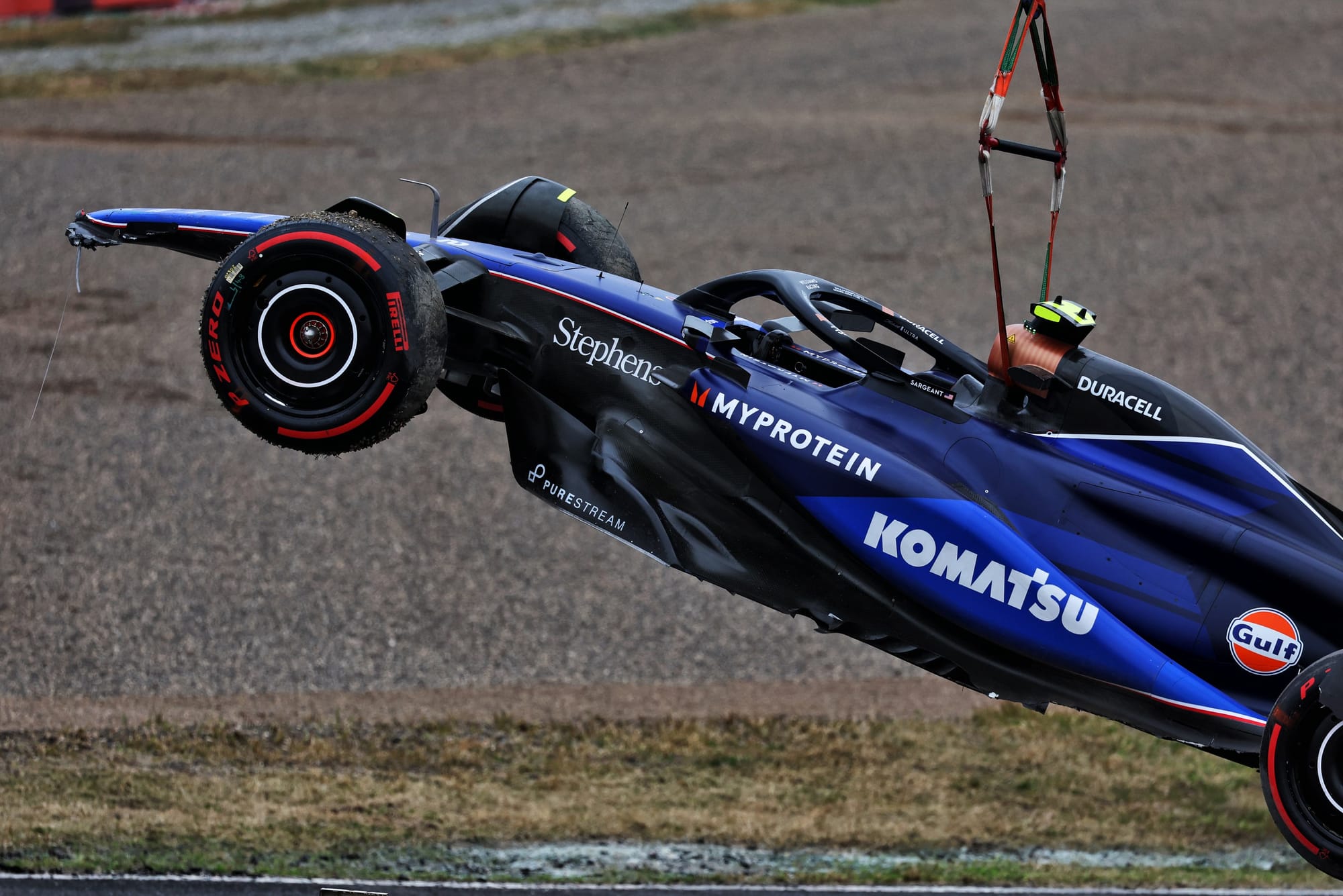
Williams ended up well behind schedule due to a combination of outdated processes and systems, limited facilities, and a big change in the composition and management of its car build.
That gave it more work to do and far more hassle with a lot of the same infrastructure restrictions, so something had to give.
Williams needed to sacrifice spare parts, performance updates, or the back-up chassis for its pre-season focus. It chose to go ahead with only two chassis, hoping it could deal with any damage on-site, with F1’s ultra-competitive midfield demanding more performance focus.
But all it needed was one big shunt in the first few races to cause a big problem. And Williams has had three, a worse crash streak than any team has had in recent memory.
After Albon smashed his FW46 into the wall in practice in Australia, he took over Sargeant’s car for the remainder of that event while his own was sent back to the UK for repairs - a process that delayed the preparation of the spare chassis even further.
That meant Williams still only had two chassis in Japan, where it suffered two more heavy crashes.
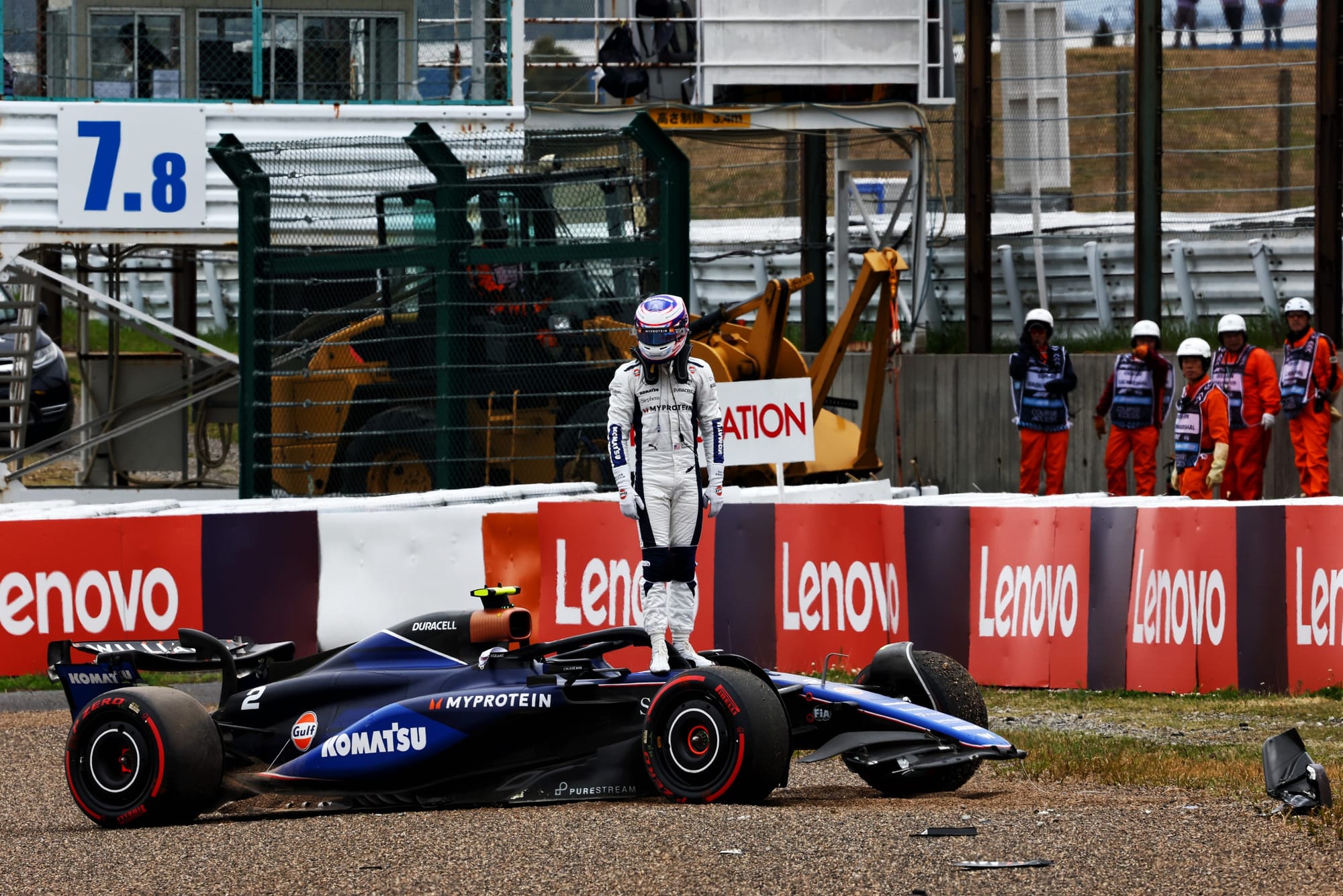
Sargeant, driving Albon’s patched-up chassis, shunted in Friday practice but the damage was ‘limited’ to bodywork, suspension components and the gearbox. Then three corners into Sunday’s grand prix, Albon found himself helplessly careering into the wall after Daniel Ricciardo turned in on him.
That impact was not at super-high speed, but the structure of the barrier there meant the car came to quite a sudden and violent stop. The energy that was put through the car has caused enough damage that once again Williams has had to send back a race chassis to the UK for inspection and repairs before the next race in China.
THE BRUTAL COST
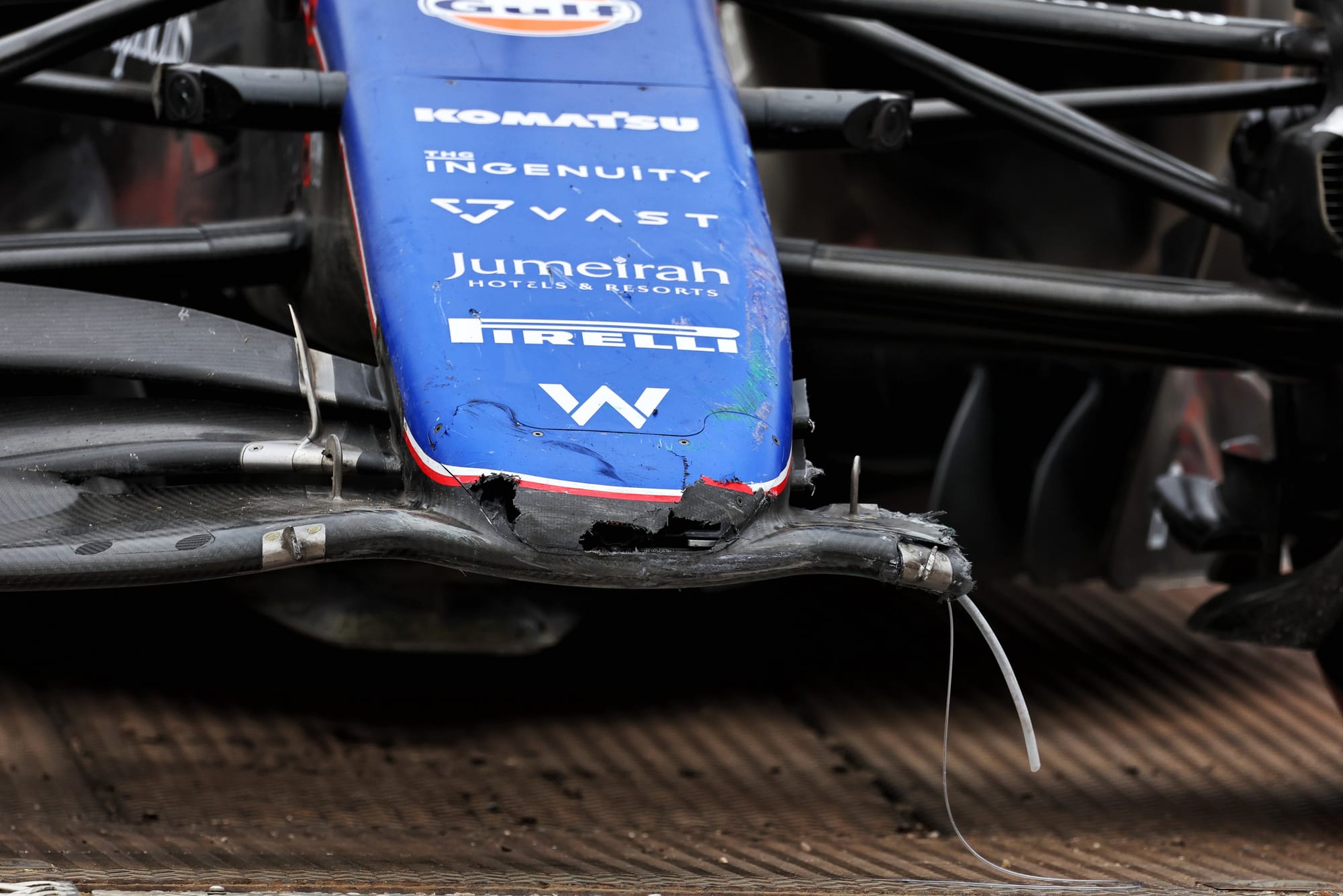
The situation was so precarious even before Sunday’s Japanese Grand Prix, that Albon claims during his crash he was consciously thinking about how bad it would be for Williams while he was still heading for the wall.
Unsurprisingly the cost is enormous. The repairs, the replacement floors and wings and suspension components, at least two new gearboxes, the unexpected need to transport the chassis - it all adds up, and the three accidents are likely to cost Williams well over $2million once the full extent of Albon’s Suzuka crash is understood.
Williams is no longer in the financial grave it was in a few years ago, but F1’s a budget-capped world now. And all of these costs will come out of that allowance.
Every team does build a crash allowance into its budget cap projections for the season. But we think Williams is going to be pushing up close to that limit if not past it already. That means, more likely than not, Williams’s development budget will take a hit this season at some point.
It’s problematic given Williams is already behind the curve this year thanks to the winter problems which meant some development items that should have been there for the launch spec still aren’t on the car now. That’s partly why its car is only eight-fastest and yet to score a point this season.
The work is going to be either paused or diluted for the second time in a couple of weeks because the focus at the factory will have to be on repairs.
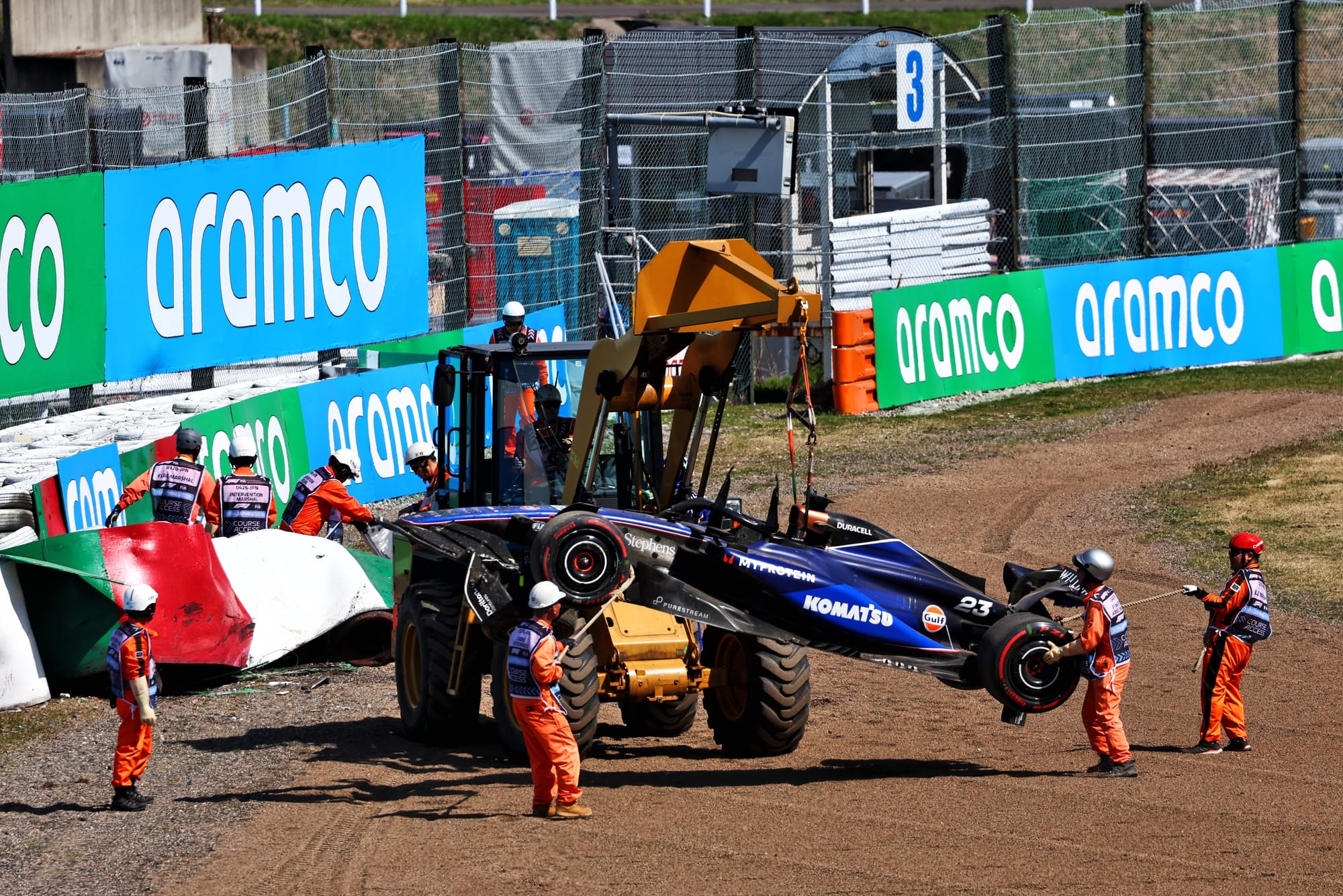
“We know the extent, it's not something to hide,” said Albon of the impact.
“It is just a lot of a lot of time and effort to repair rather than to develop and then focus on the upgrades.
“So yeah, it will take its toll later on in the season.”
It is also worth keeping in mind that Albon was running some updates in Japan including a new-spec front wing, which presumably was set to be on Sargeant’s car in China.
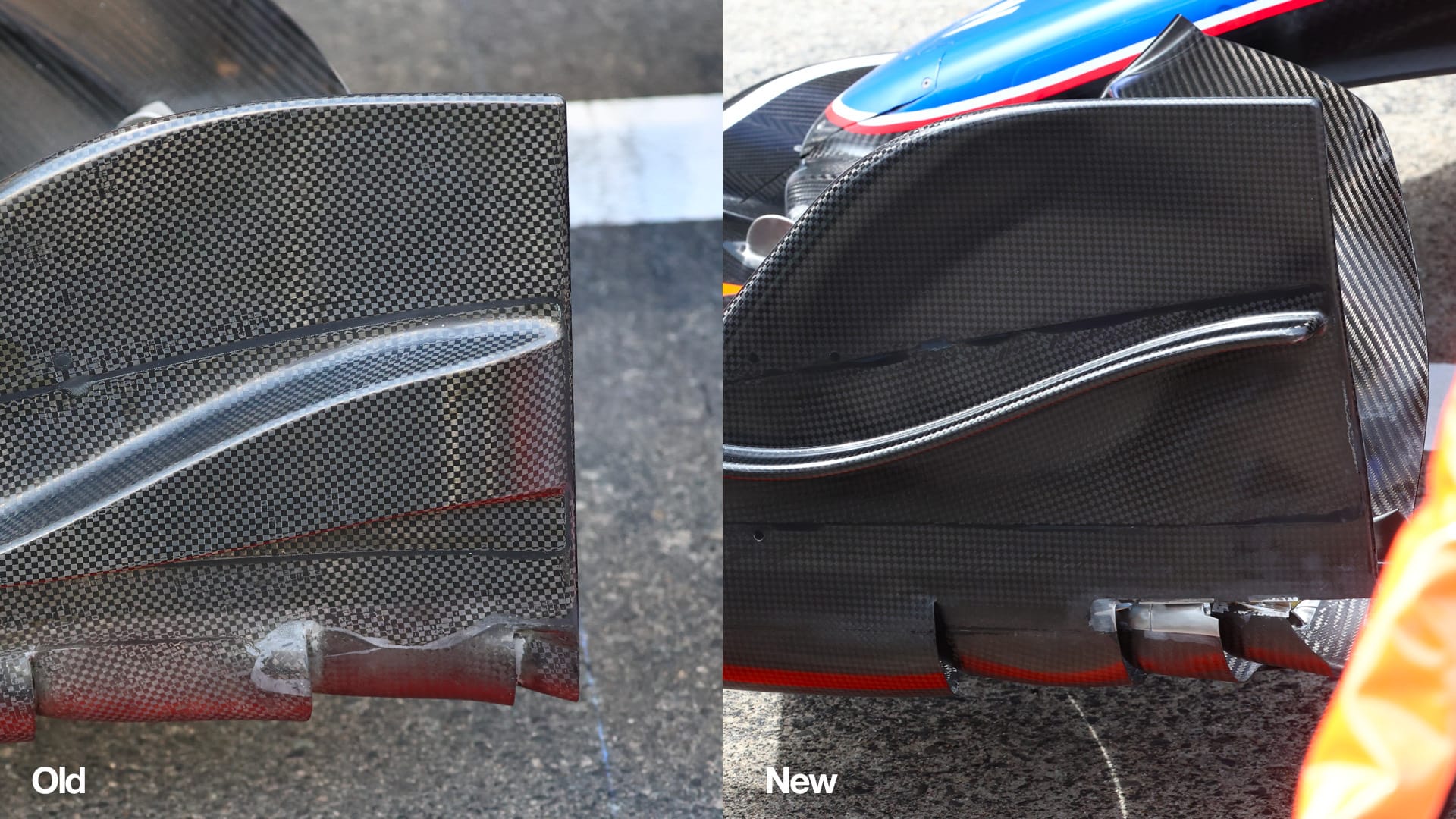
Williams has not indicated either way but it’s possible that might not be the case if it cannot produce enough parts to cover both cars with spares.
We also know that the spare chassis is still not in circulation and has now been delayed once again.
It was originally meant to be ready for race one in Bahrain, which became race three in Australia, then race five in China - and now race six in Miami, assuming no more unexpected setbacks.
WHAT’S MADE THIS SO BAD
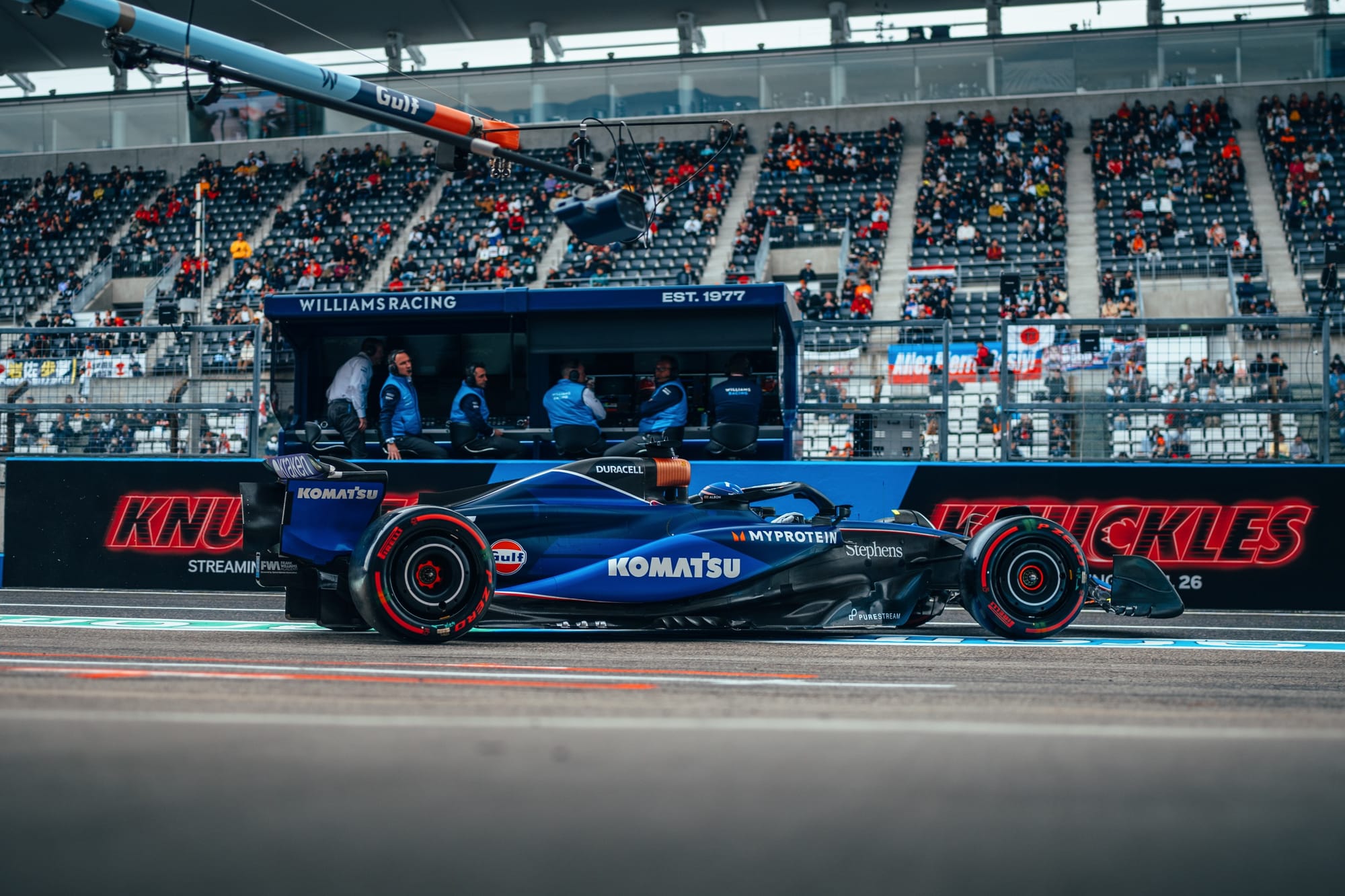
One of the factors that has made this so costly is where the crashes have taken place. Because the F1 calendar has not been kind in this scenario.
After the opening two races in the Middle East came a new calendar leg designed to cut down freight costs and emissions by grouping the races in Australia, Japan and China two weeks apart.
Having crashes in Australia and Japan that were so big that the chassis needed to return to base for repairs both times is the absolute worst-case scenario.
It hugely increases the time and money involved in moving the cars back and forth between races and the factory in Grove. As Vowles told The Race, the worst place you could have a crash in these circumstances is in Australia, then the second-worst place you could be racing next is Japan. And that was before the Albon shunt put another repair job on the books before China.
Cargo space and customs details need to be sorted as well, even before you factor in that it takes more than a day to transport the car back.
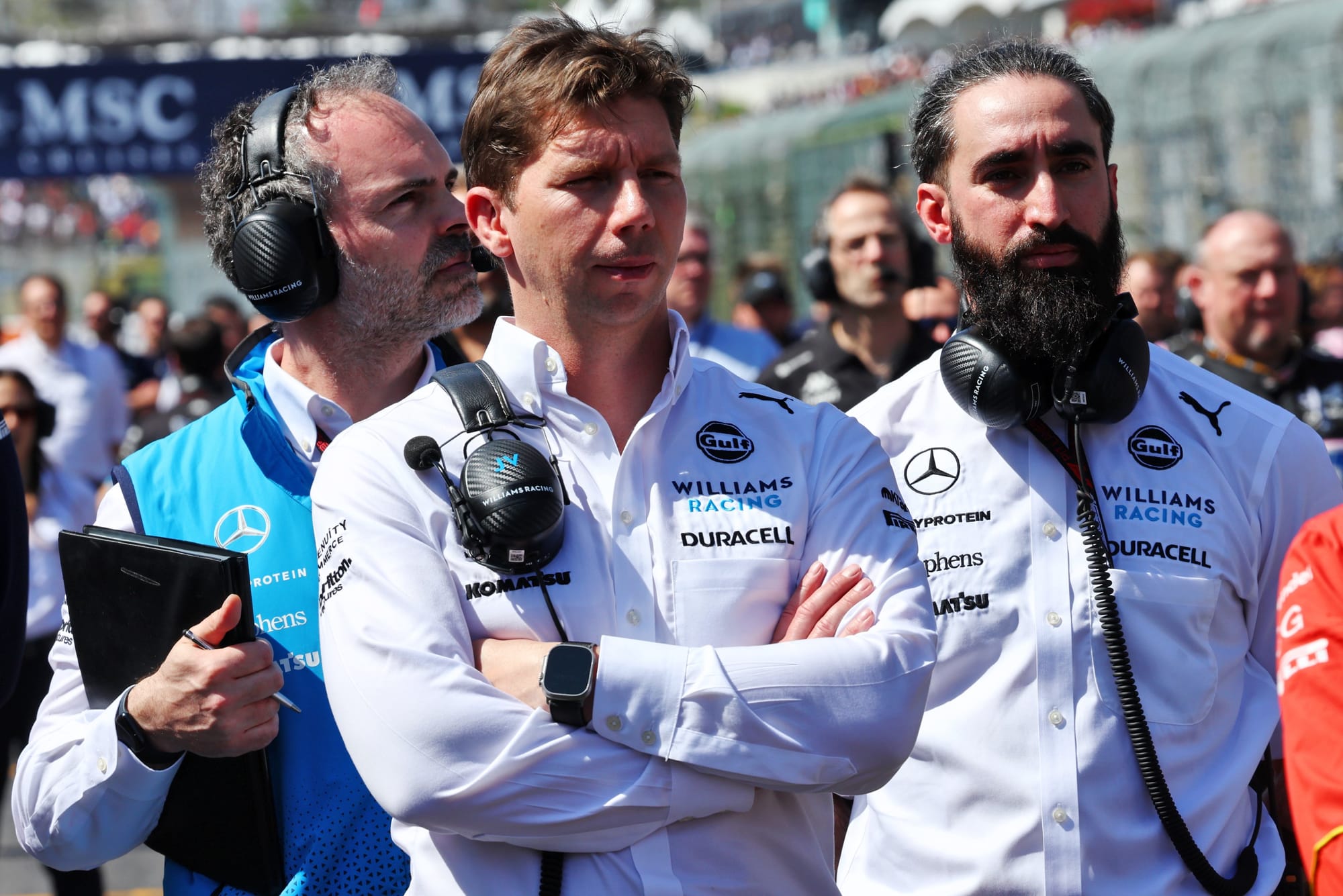
In Australia, the crash happened early in the weekend, which bought back some vital time, as Williams received it at Grove around 2am on the Monday afterwards. The return journey from Japan’s slightly less arduous, but this time the crash happened in the race, so the chassis was not released until Sunday evening anyway. That puts the second repair job on a similar, tight turnaround as the first.
“We've been on the back foot,” Albon admits. “But it's always been kind of the Williams way that everyone digs deep and genuinely produces miracles to get cars built, repaired ready on time.
“Unfortunately, we're going to have to rely on that for a little bit longer.”

